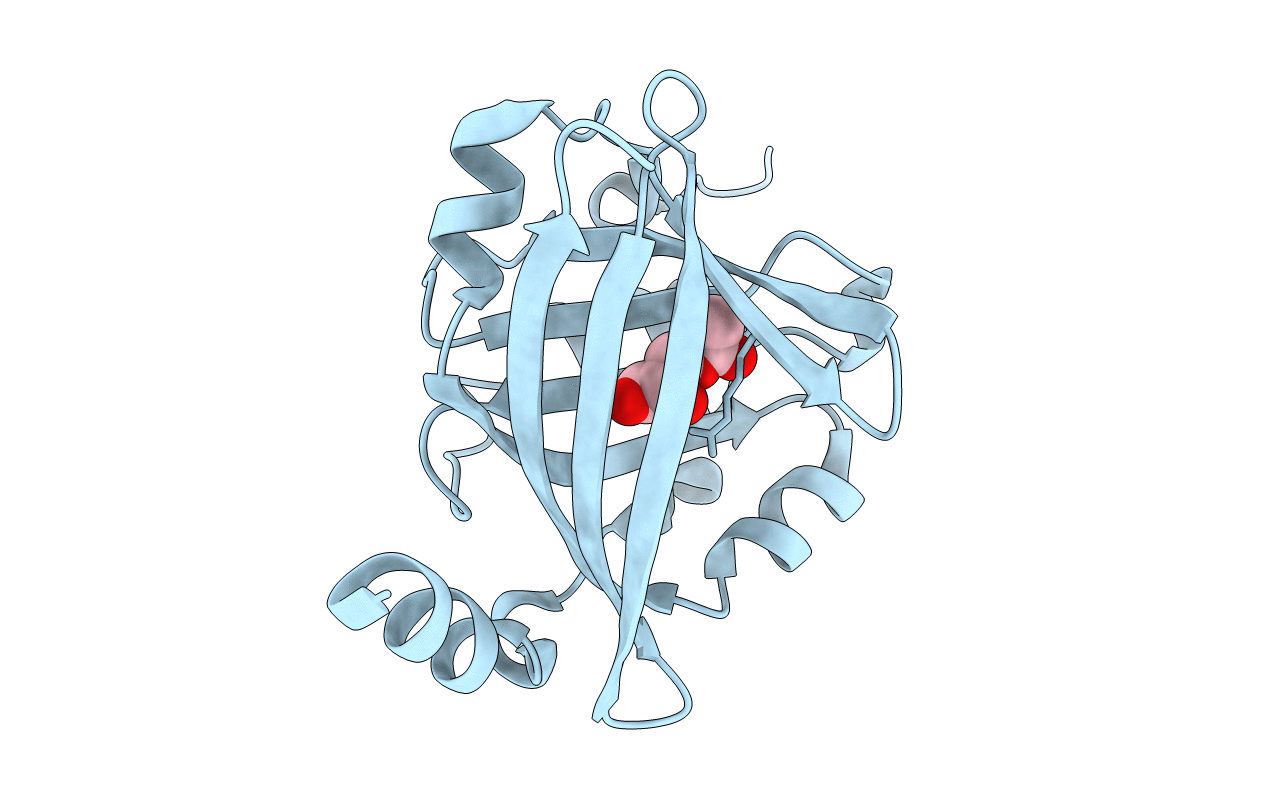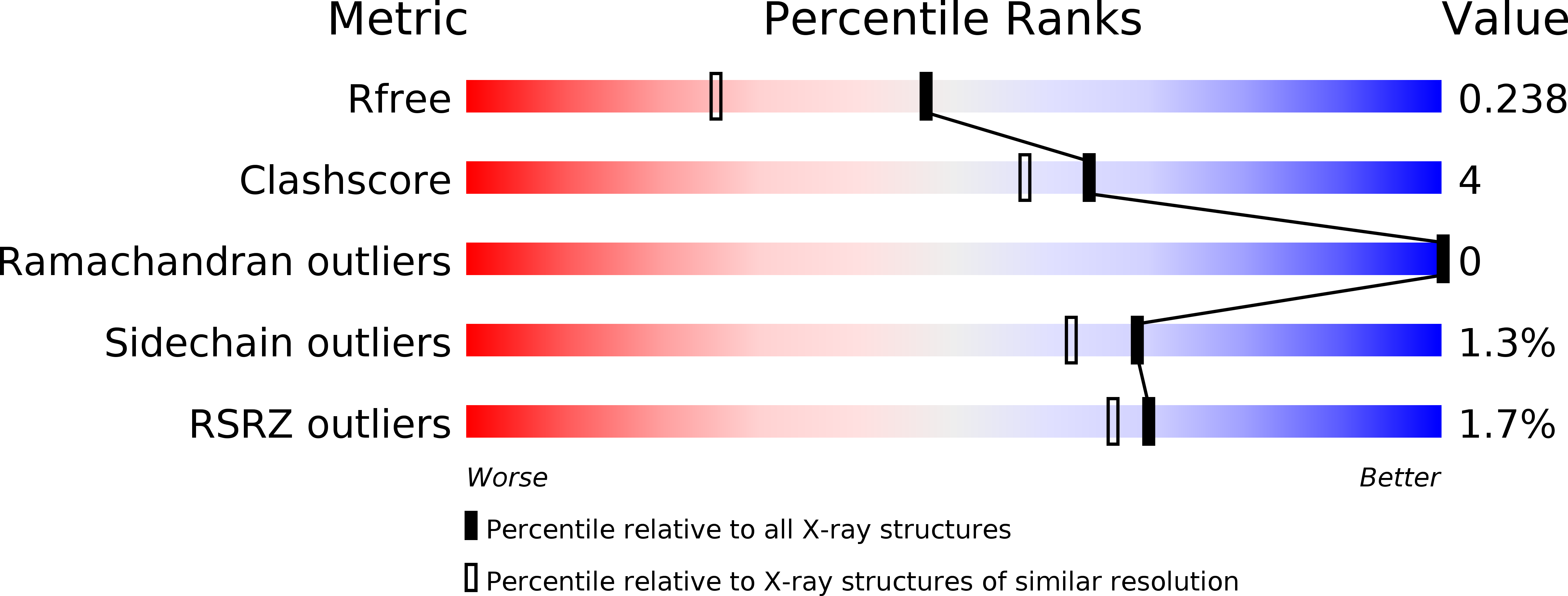
Deposition Date
2009-11-17
Release Date
2010-02-02
Last Version Date
2024-11-20
Method Details:
Experimental Method:
Resolution:
1.80 Å
R-Value Free:
0.23
R-Value Work:
0.20
R-Value Observed:
0.20
Space Group:
P 41 21 2


